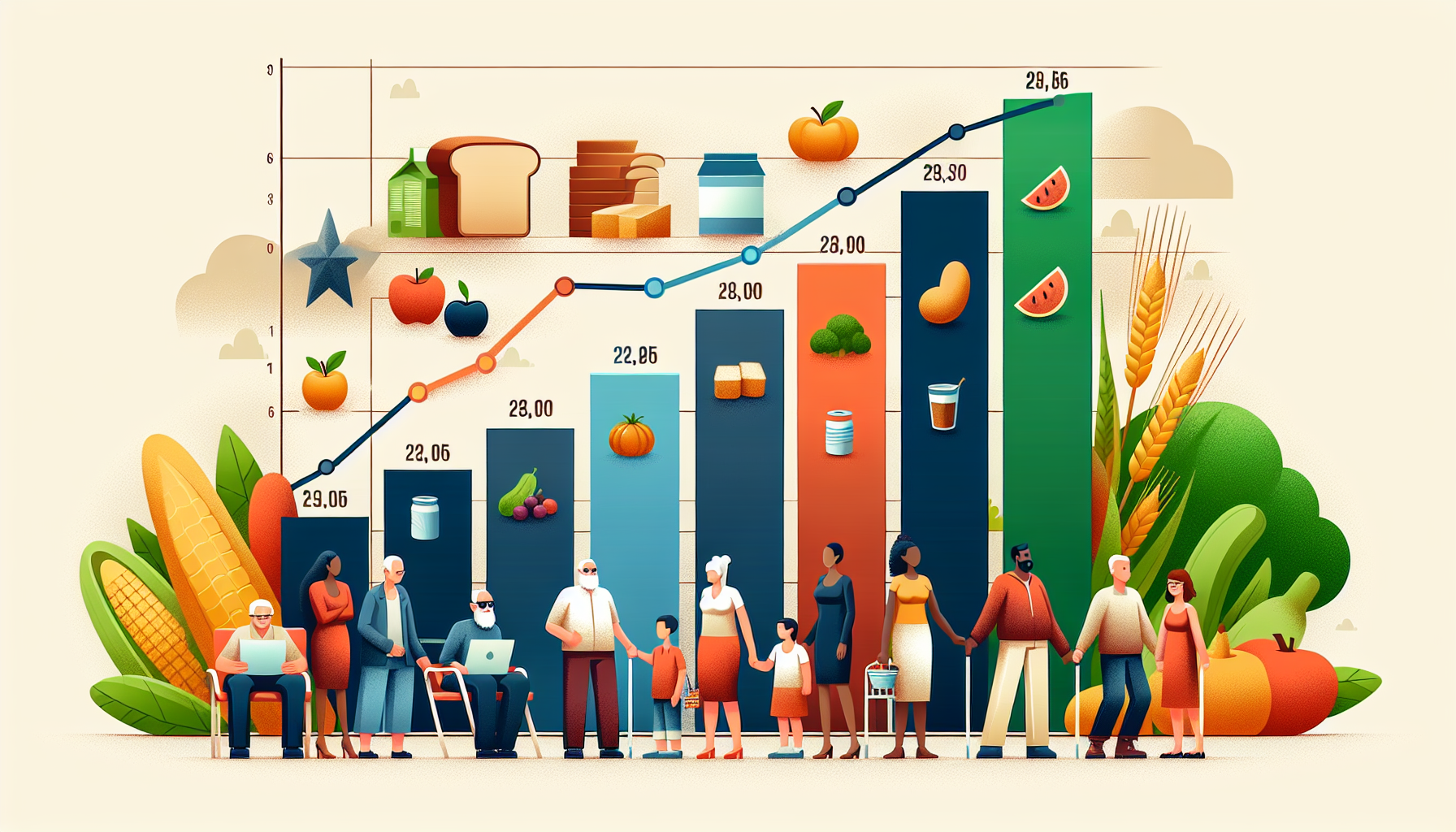Definition
The consumption rate in military operations refers to the amount of supplies, equipment, or resources a unit, group, or army needs over a specific period of time to maintain its activities or operations. It is often used in logistical planning to ensure that the troops are adequately supplied. The rate can vary depending on the intensity of the operation, the terrain, the climate, and many other factors.
Key Takeaways
- The consumption rate, in military operations, refers to the average quantity of supplies and provisions consumed per day by a unit. It is a vital factor considered in logistics planning.
- It is crucial in ensuring the sustainability of military operations as it helps in forecasting the needs of the troops in terms of ammunition, food, fuel, and other necessary supplies.
- The rate can vary widely depending on various factors such as type of operation, climate, morale, health, and the intensity of combat. Hence, it requires regular adjustment and careful monitoring.
Importance
The military operations term: “Consumption rate” is critically important as it plays a vital role in strategic planning and logistics. This term refers to the average quantity of supplies or equipment used by a military unit over a given period.
It is essential for military planners to accurately estimate and understand consumption rates to ensure each unit has all the necessary resources to complete its mission effectively. If the consumption rate is underestimated, it could potentially lead to supply shortages, impairing the military unit’s operational capacity.
On the other hand, overestimation could result in resource wastage. Therefore, accurate calculation of consumption rates is fundamental to the successful deployment of both personnel and resources in military operations.
Explanation
The consumption rate in military operations is a critical tool used to forecast and estimate the quantities of various supplies, typically provisions, fuel, ammunition, and other necessities that a military unit may require for a certain period under specific conditions. It is utilized to maintain operational efficiency and ensure that the unit meets its operational and tactical goals.
The consumption rate helps in maintaining the right balance in the demand and supply of the necessary military goods and ensures the smooth running of military operations. It helps in planning and strategizing operations, preventing potential logistic hurdles, shortages, or excesses that could hinder the mission.
By estimating the consumption rate, military operations can align their logistical plans and strategies appropriately. This estimate allows them to build, organize and manage effectual supply chains, ensuring that troops in the field or at sea are well-equipped and provisioned for their mission.
It serves as an essential component for the logistical planning of operations, aids in enforcing budget constraints, and can impact critical decisions related to the mobilization of resources. So, in essence, the consumption rate plays a crucial role in optimizing military readiness and effectiveness.
Examples of Consumption rate
Food and Supplies During War: The consumption rate for food and supplies is one example. This refers to the rate at which soldiers in a wartime setting consume daily necessities. This could involve things like packaged meals, water, medical supplies, ammunition, and more. For instance, during World War II, the U.S. Army used the concept of consumption rate to estimate how much supplies, like MREs (Meals Ready-to-Eat), to deliver to troops overseas.
Fuel Usage in Military Vehicles: Another example could be the consumption rate of fuel in military vehicles. This could apply to tanks, fighters jets, or navy vessels. The military would need to know this rate to plan refueling missions and determine how far a particular vehicle can travel on a specific amount of fuel. For example, the M1 Abrams, a main battle tank used by the US military, reportedly has a fuel consumption of around
67 gallons per mile.
Ammunition Consumption Rate: This refers to the rate at which military forces use ammunition during operations. This could include bullets for firearms, shells for tanks, or rockets for aircraft. Understanding the consumption rate can help military leaders plan resupply operations and maximize their firepower. A real-world example would be during the Gulf War when the U.S.’s consumption rate of certain munitions was higher than anticipated, causing the U.S. to start running low towards the end of the conflict.
Frequently Asked Questions about Consumption Rate
What is Consumption Rate?
The Consumption Rate refers to the amount of resources such as fuel, food, water, etc., that a military unit uses within a specific period of time. It allows for an efficient planning of logistics and resource management in military operations.
Why is Consumption Rate important in military operations?
Understanding of the consumption rate is critical in military logistics. It allows military leaders to plan and ensure that they have adequate resources, from ammunition to food, to sustain operations and maintain the effectiveness of their troops.
How is Consumption Rate calculated?
Consumption Rate is calculated by dividing the total amount of resources used by the time period in which they were consumed. This calculation presents a rate per day, week, or other time period that can be used for logistical planning purposes.
What are the factors affecting Consumption Rate?
Several factors can affect Consumption Rate, such as the intensity of operations, the number of personnel, the type of equipment, and environmental factors. For instance, harsh weather conditions can increase the consumption rate of certain resources such as fuel and food.
What might be the consequences of incorrect Consumption Rate estimation?
Incorrect estimations could lead to logistical issues such as a shortage or surplus of resources. In worst scenarios, a shortage could hinder the effectiveness of military operations and potentially risk the life of military personnel.
Related Military Operation Terms
- Eligibility Requirement: The set of conditions a veteran must meet in order to qualify for VA benefits.
- Benefit Utilization: The process or degree to which a veteran uses their VA benefits.
- Adjustment Rate: The rate at which a veteran’s VA benefits may increase or decrease, often dependent on changes in the law or the veteran’s situation.
- Disability Compensation: A tax-free monetary benefit paid to veterans with disabilities caused by diseases or injuries that happened while on active duty or were worsened by service.
- Benefit Exhaustion: The point at which a veteran has fully used their available VA benefits.
Sources for More Information
- United States Army: The official website of the US Army consists of various articles and information related to different military terminologies, including Consumption rate.
- Joint Chiefs of Staff: This site provides an extensive amount of resources focused on all aspects of military operations, standards, and guidelines.
- RAND Corporation: This research organization provides analysis and models on various military concepts, including Consumption Rate in their published reports.
- GlobalSecurity.org: This is a private, non-profit institution that provides reliable information and news about military science, and may have specific information about Consumption Rate.
 Benefits.com Advisors
Benefits.com Advisors
With expertise spanning local, state, and federal benefit programs, our team is dedicated to guiding individuals towards the perfect program tailored to their unique circumstances.
Rise to the top with Peak Benefits!
Join our Peak Benefits Newsletter for the latest news, resources, and offers on all things government benefits.


















